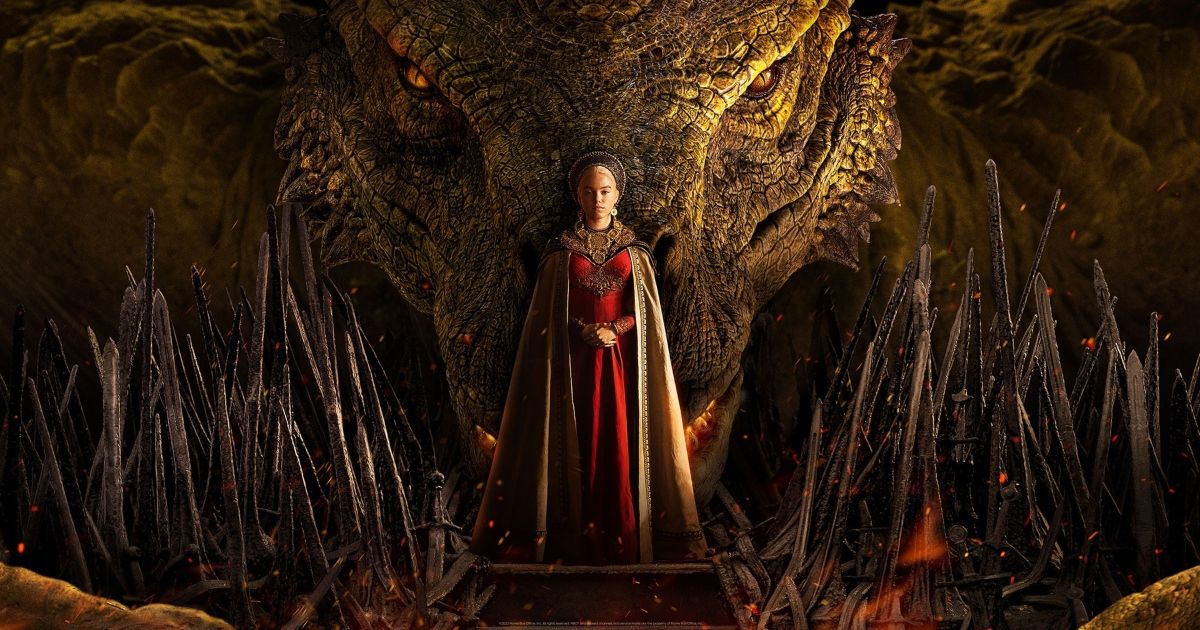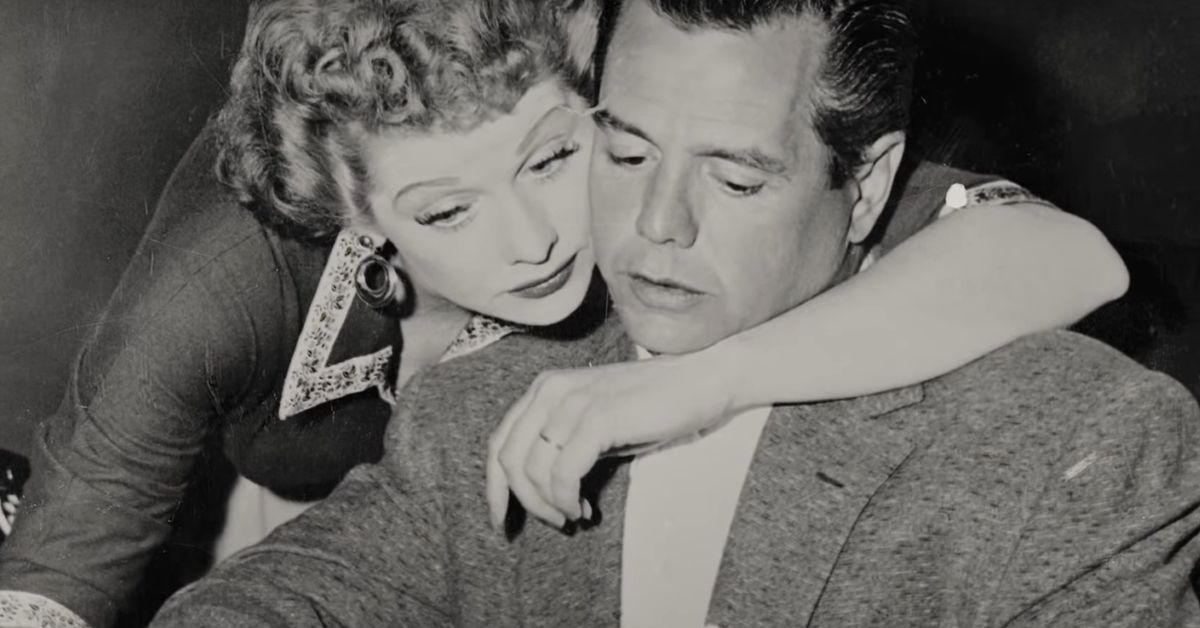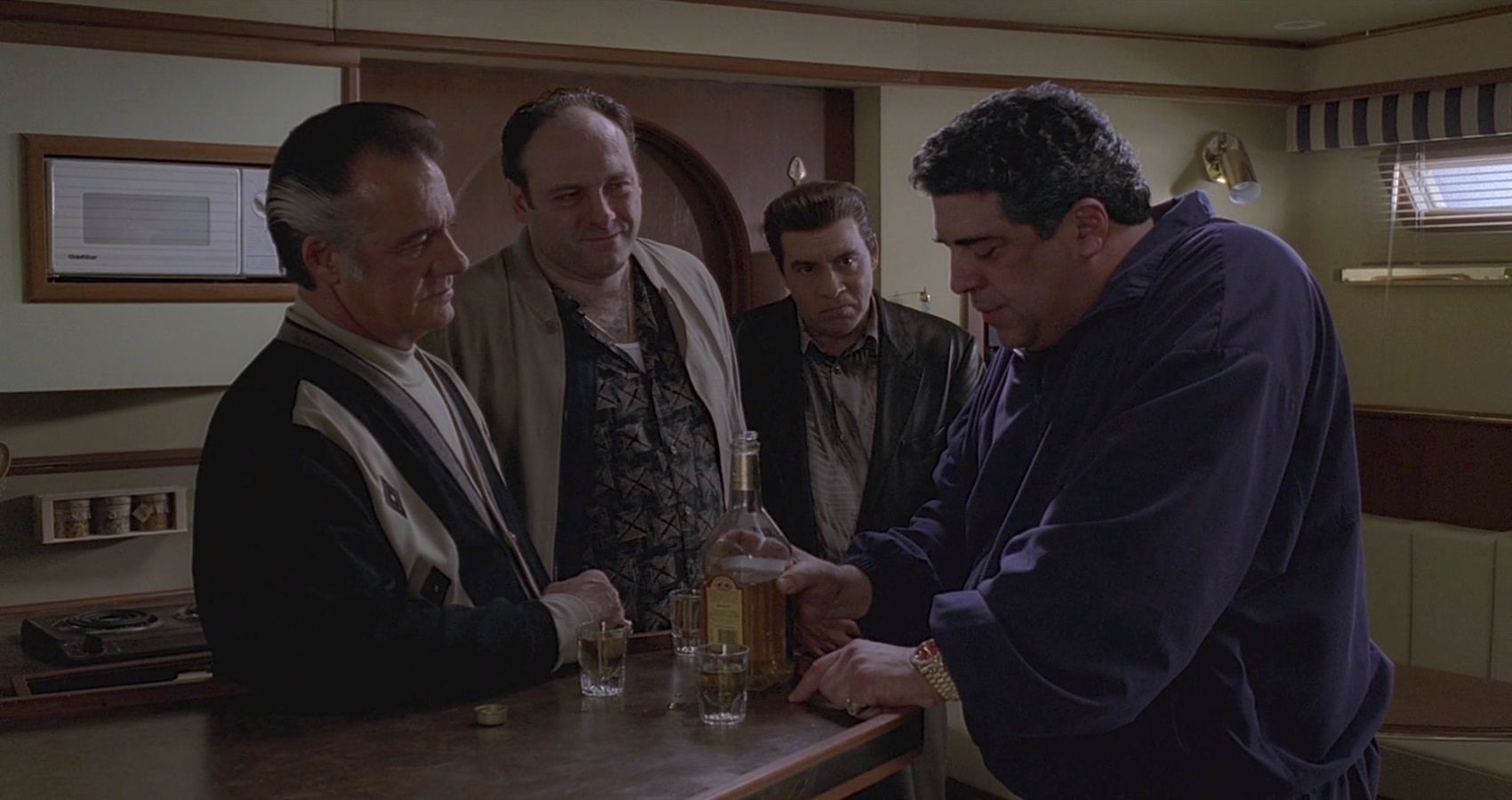On September 7, 2022, the television set will mark its 95th birthday. As it enters its centennial, it also enters its Third Golden Age of Television, following the Third Golden Age of the '50s that peaked with I Love Lucy and the Second Golden Age in the late '90s that saw the rise of The Sopranos.
Unlike those first two golden eras marked by the advent of technology (the home television set) and a liberal cultural shift that relaxed morals and attitudes (the first depiction of a murder on a screen of any size), the birth of the third Golden Age is marked by the rise of new competitors: the streamers, a.k.a. Netflix, Hulu, Amazon, Paramount, and Apple, who have capitalized on a social phenomenon (the Coronavirus pandemic), and harnessed billions of streams (a new quantitative model) that has done the same as the equivalent of what getting butts into seats is for the film industry. The prognosis is clear: supply has met demand -- across the board --, and suddenly, the New Golden Age is born.
According to Variety, U.S. subscription VOD Revenue hit $25 billion in 2022 after “cooling down from torrid growth sales” in 2020-2021, which was obviously fueled by the pandemic lockdowns. That 13% decrease is still bonkers compared to what streaming numbers were way back when it came onto the scene in the early aughts. Those were the days in which streaming was a fad that could go the way of the dodo bird. It only became a true player thanks to Netflix’s pioneering efforts in 2013 and the phenomenal success of House of Cards and Orange is the New Black. Since then, the flood gates have overflown, and by 2019, the lobby of the Netflix headquarters off Sunset Boulevard in Los Angeles looked more like a cattle call than a Hollywood studio, turning up lucrative profits for many who made the call.
But Golden Ages aren’t just about profitability. Their births are marked by the impact it has on culture, specifically advances in technology and relaxation of conservative views. Diversity in the culture widens the spigot, and with a blend of Hollywood magic, a Golden Age is theoretically born.
The First Golden Age of Television Peaked with I Love Lucy, Rattled the Studio System
The First Golden Age of Television began with the clash between the studio system and technology, specifically the advent of the television box. Private home viewing signed the death warrant for the studio system, which was already beginning to crumble. The flood gates to write, produce, direct, and star in television projects opened opportunities for the likes of Jackie Gleason, Ed Sullivan, Carl Reiner, Betty White, Woody Allen, Mel Brooks, and Neil Simon to rise as early stars. Genre and sitcoms bore legendary talent/producers like Lucille Ball and Desi Arnaz. With programming booming, a steady, novel revenue market for talent was created, and viewers were entertained.
It took nearly fifty more years for television to take its second stop forward and enter its Second Golden Age with the coming of The Sopranos and the first-ever depiction of murder on a screen of any kind. Relaxed social progress gave television the fuel to break the most unspoken of taboos, and with this breaking of barriers, the anti-hero was reborn. The Sopranos birthed television behemoths Breaking Bad, Lost, The Wire, The Shield, Ugly Betty, Sex and the City, Friends, Game of Thrones, Survivor, America’s Next Top Model, and American Idol, to name a few. From cable to network to live news to sports to PBS, the early aughts saw an explosion of enjoyable, profitable television franchises for adults.
The Second Golden Age and the Rise of Social Media
The Second Golden Age ended fizzled quickly, leaving consumers hungry for more content, and shifting their attention to social media, phone apps, Facebook, and, more importantly, YouTube, which digitized user-generated video content and broadcasted it online from all over the earth. Suddenly, eyes began shifting to social media as a means of storytelling, and the quality of television began to wane, became too expensive, and the television set retreated into the background.
It wasn’t until 2013 that a spark was lit, and Netflix spent its massive DVD mail-order profits to advance streaming technology and distribute independently produced content they picked up for a cheap price. Suddenly, showrunners such as Beau Willimon and Jenji Kohan were able to capitalize on a new distribution model that allowed them the flexibility to produce edgier content.
Many would argue that the Third Golden Age of Television began in 2013 or that this is just the tail end of the Second Golden Age of 2000, which never fizzled. But the advent of streaming technology merely disrupted the old model and created a substitute. It needed a cultural phenomenon to thrust it forward. The First Golden Age was marked by the end of WWI and the intensity of the Cold War. The second by the Clinton scandals and the 9/11 terrorist attacks. In 2020, the streamers got theirs with the Coronavirus pandemic. Suddenly the population had nothing to do but supply demand, and it was the streamers' responsibility to churn out supply.
It’s no surprise that viewership and revenue skyrocketed 300% and that the streamers managed to rake in major profits. It’s now their responsibility to capitalize on this seminal moment and make it last. A bellwether for how long this Golden Age will last is on the shoulders of the new Game of Thrones spin-off series House of the Dragon. The smart bet would be that HBO seizes the moment and capitalizes on a moment that will fund the next ten to twenty years of programming. My, how extraordinarily golden the future looks.



